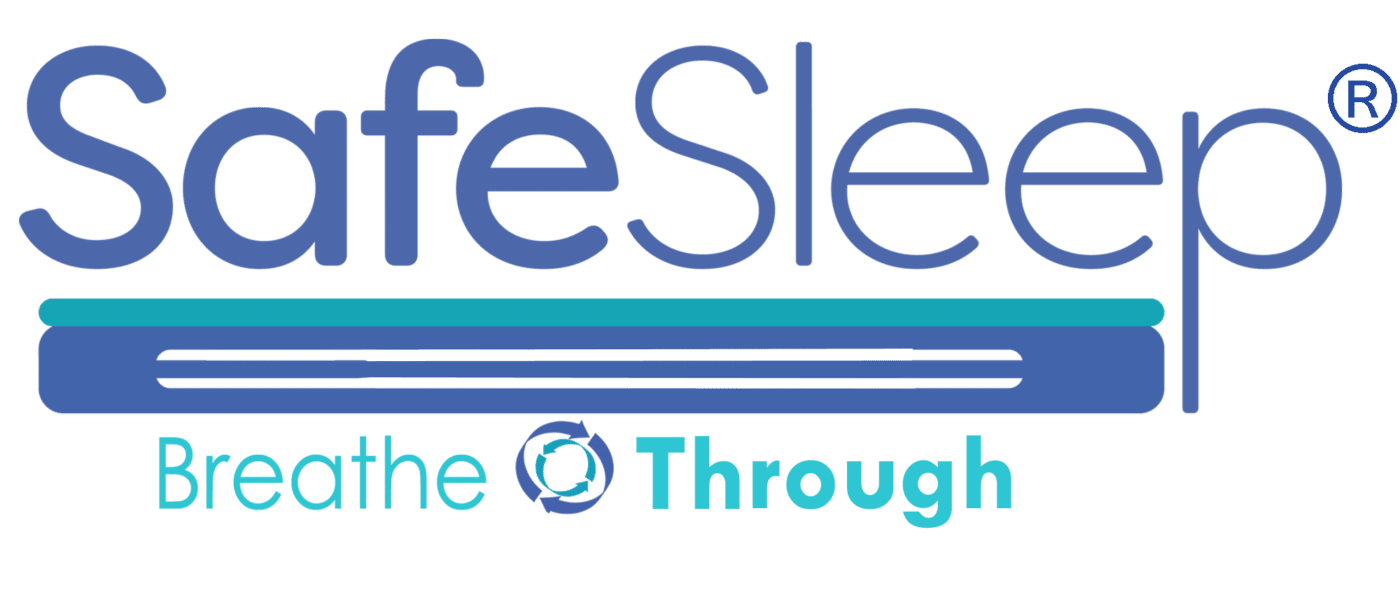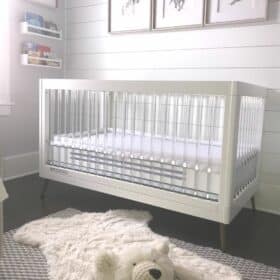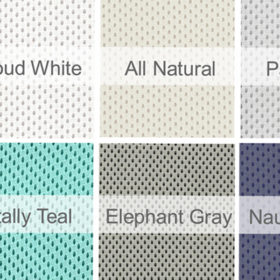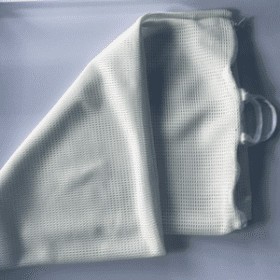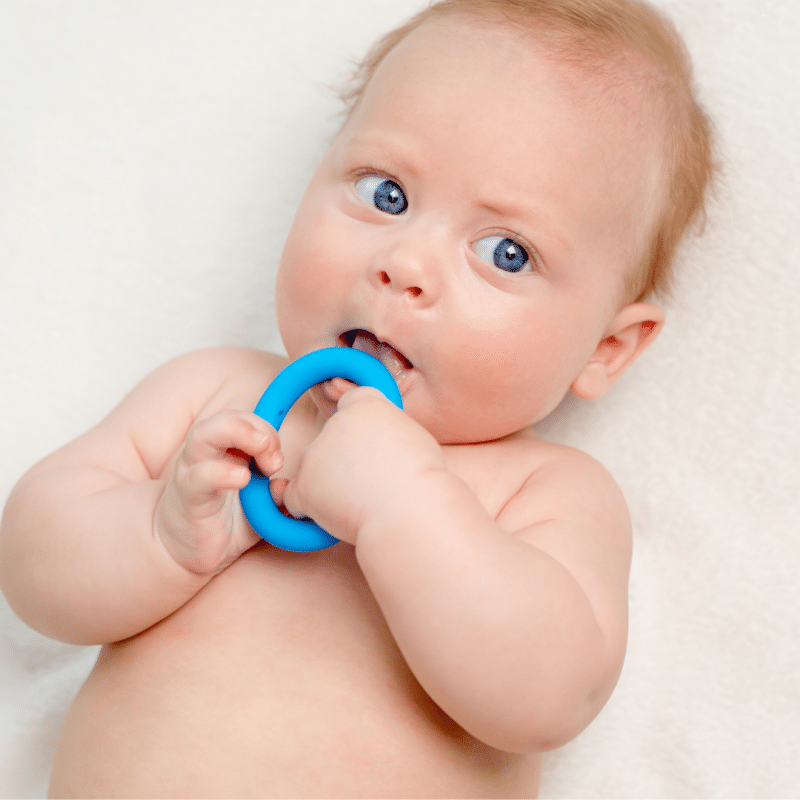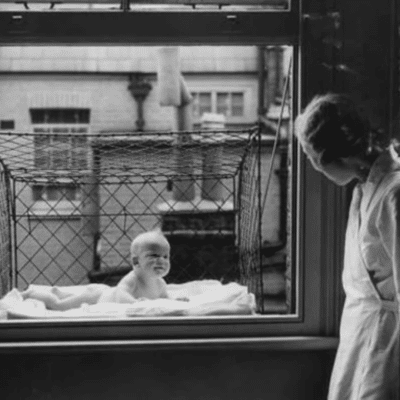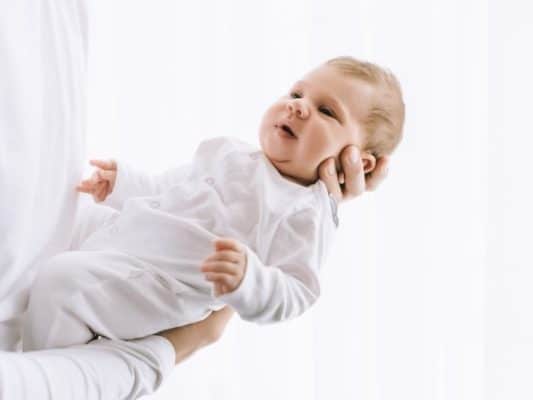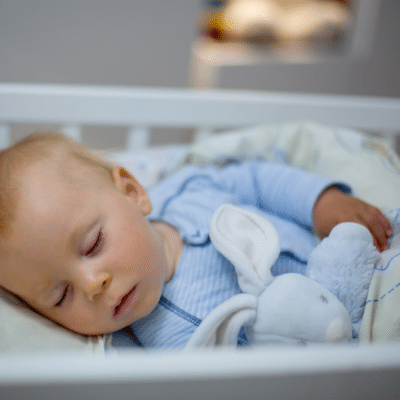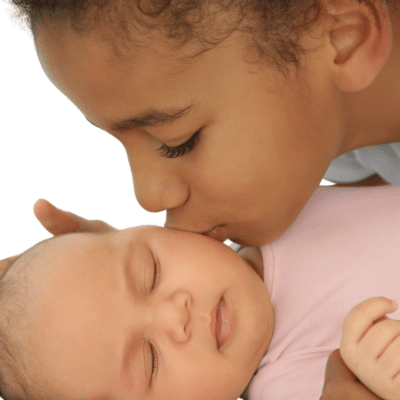No products in the cart.
Safe Infant Sleep Advise is a common topic all pediatricians have with new parents. But is safe infant sleep advise from physicians effective?
According to a daily briefing email blast sent to pediatricians on October 21, 2019, “Parents are more likely to follow safe infant sleep practices when” physicians “tell them clearly what to do and what to avoid, to minimize the chances of babies getting injured or dying during the night,”
Safe Sleep Findings
Part of these findings regarding safe infant sleep advise from physicians is based on research conducted by Reuters after examining “survey responses from more than 34,000 mothers.” This figure accounts for around 10-30% of parents.”
An ABC News (10/21) website reports investigators “found that not all moms were following the AAP’s (American Academy of Pediatrics) four specific safe infant sleep practices: Placing infants to sleep on their back, room-sharing without bed-sharing, avoiding any soft objects or bedding and using firm sleep surfaces such as a crib, bassinet or pack-and-play.”
Evaluating the Safe Sleep Data
After evaluating “data from a voluntary nationwide survey of postpartum women,” investigators “found 78% of mothers reported following safe infant sleep advise, most often using back sleep position, 57% always or often shared room without bed-sharing, 42% usually avoided soft bedding or objects and only 31% always or often used separate approved sleep surfaces.” The findings were published online in Pediatrics.
Following Safe Sleep Guidelines
In a 10/21/19 article published in AAP News, many parents were not following safe infant sleep advise. Infants were not being put to sleep in safe sleeping conditions, according to a new study.
Sudden Unexpected Infant Death (SUID) accounts for about 3,500 infant deaths each year in the U.S. during sleep. Some of these deaths are considered to be unpreventable, but a large majority are believed to be attributed to unsafe sleep practices.
Information obtained from an October 2019, commentary published in The Journal (The official Journal of the American Academy of Pediatrics), accidental suffocation and strangulation in bed, are the third leading cause of infant mortality in the United States.
According to the article, “Researchers from several federal health agencies assessed data from the 2016 Pregnancy Risk Assessment Monitoring System (PRAM) spanning 29 states to see how many parents were following safe sleep advice.
Safe Sleep Guideline Stats
They reported their findings in Prevalence and Factors Associated with Safe Infant Sleep Practices, (Hirai AH, et al. Pediatrics. Oct. 21, 2019,
78% slept on their back,
57% shared a room without bed-sharing,
42% avoided soft bedding and
32% used a separate, approved sleep surface.”
According to the 10/21/19 article published in AAP News, “Hirai et al3 recently added questions to the Centers for Disease Control PRAMS to examine differences in sleep position, items in the sleep environment, bed-sharing, and room-sharing.
Forty-seven states currently partner with the Centers for Disease Control and Prevention to administer the PRAMS survey to a randomly selected subpopulation of women in their state who have recently delivered. PRAMS previously only included questions on the infant’s sleep position.
States began to include questions about bed-sharing and items in the sleep environment in 2009. In 2016, those questions, along with additional survey items about room-sharing and safe sleep advice and anticipatory guidance from health care providers, were included for all participating states.
These additions allow the authors to more comprehensively examine the sleep environment of a representative population of infants from a majority of states”.
The authors also found that many mothers reported that they never received the full range of safe sleep guidance from their health care provider. These parents were determined to be less likely to follow safe sleep advise.
The study also found that parents normally listen to their health care providers’ safe sleep advise for their infant, However, the results of the study shows that these parents were only 10% to 30% more likely to follow safe sleep guidelines.
Related Topics
